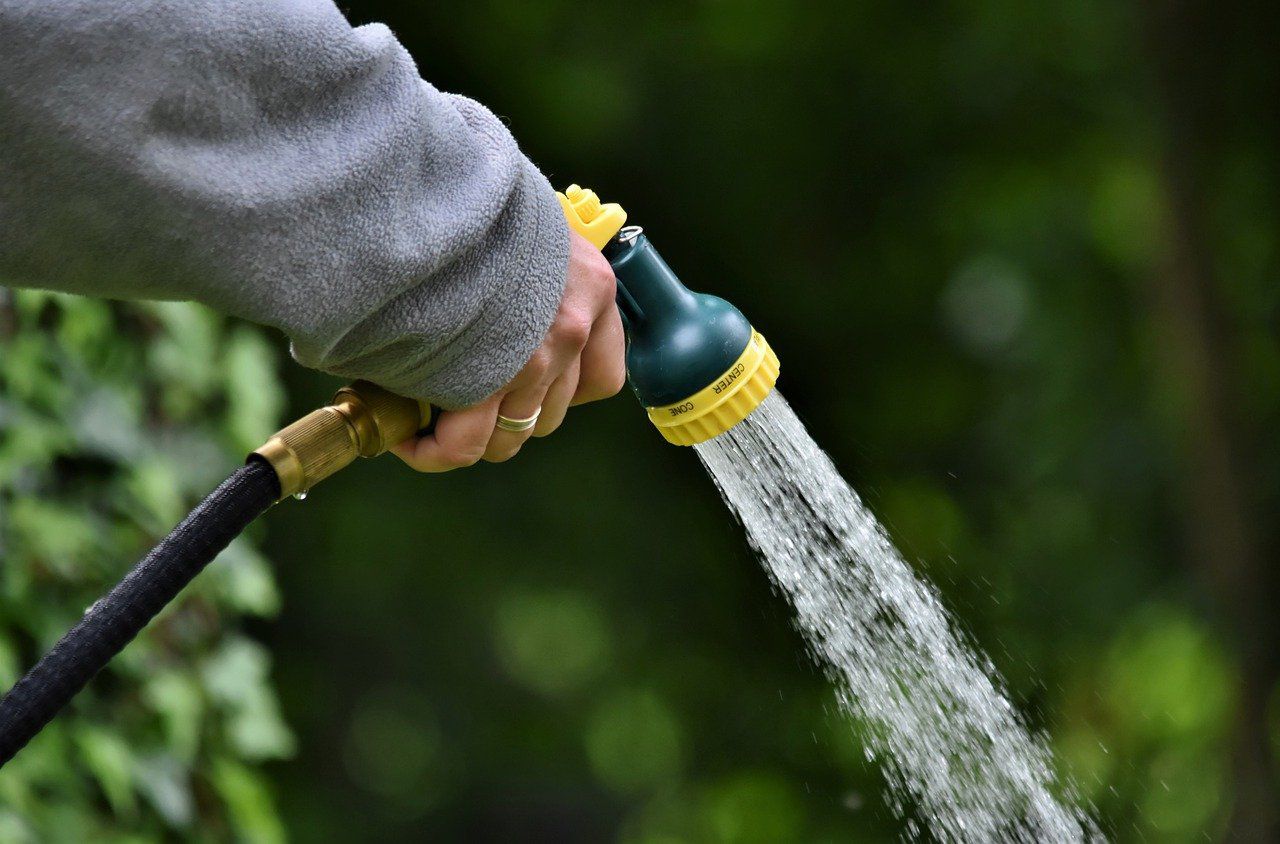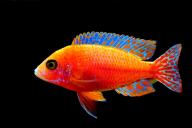Automatic watering can make your life way easier and save lots of your time.
At the same time, good-old watering by hands is still better in some aspects.
Let's find out, why.

Lack of Customization
Automatic watering systems typically follow a pre-set schedule and duration.
A one-size-fits-all approach may lead to overwatering or underwatering certain plants, which can be detrimental to their health.
Inflexibility
Automatic watering systems operate based on a programmed schedule, which may not account for changes in weather conditions or seasonal variations.
Manual watering allows for more flexibility and adjustment based on the specific needs of the plants and current environmental conditions.
Monitoring and Observation
Manual watering provides an opportunity for detection of issues such as pest infestations, nutrient deficiencies, or signs of disease.
Technical Issues and Maintenance
Automatic watering systems require installation, regular maintenance, and periodic checks to ensure proper functioning.
Malfunctions or issues with timers, valves, or sensors can result in inadequate or excessive watering, leading to plant stress or damage.
Cost
Automatic watering systems can be more expensive to install and maintain compared to manual watering methods.
They may require additional equipment, such as timers, valves, or sensors, which can increase the initial setup costs.













